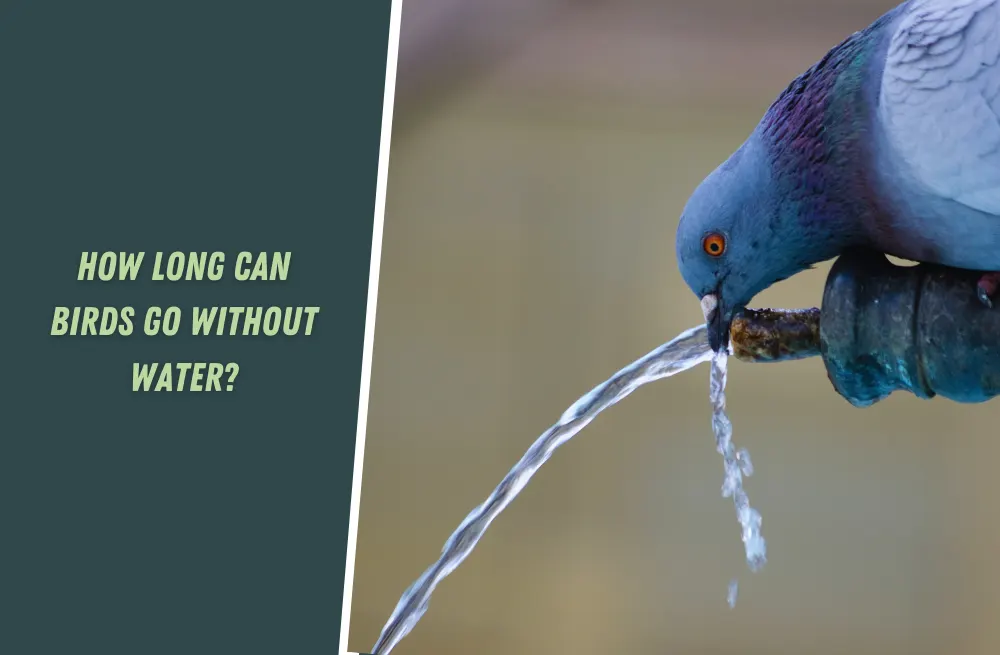Kangaroos, those iconic marsupials of Australia, have a reproductive system that is both fascinating and unique. Among the intriguing aspects of kangaroo reproduction is the duration of their pregnancies.
Unlike placental mammals, such as humans, kangaroos have developed a reproductive strategy that allows them to give birth to relatively undeveloped young and continue their development externally within the mother’s pouch.
The kangaroo’s reproductive journey begins when a female kangaroo, known as a doe, becomes sexually receptive and ready to mate. Male kangaroos, called bucks, engage in competitive behaviors to establish dominance and secure mating opportunities. Once mating occurs, the doe’s reproductive system initiates the process of pregnancy.
In this article, we will explore the length of a kangaroo pregnancy, shedding light on this extraordinary journey from conception to birth.
So, let’s unravel the mysteries of kangaroo reproduction and discover the wonders of nature’s design.
What is the average length of a kangaroo pregnancy?
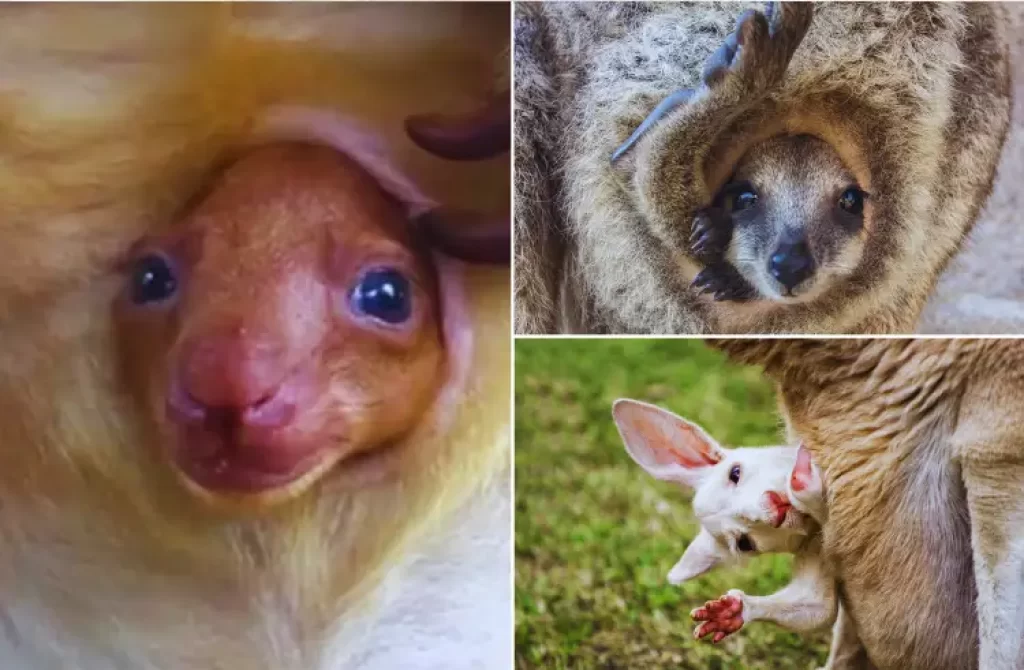
The average length of a kangaroo pregnancy, also known as the gestation period, can vary depending on the specific kangaroo species. While there are slight variations among different kangaroo species, the average gestation period for kangaroos typically falls within a range of approximately 29 to 36 days.
Duration is relatively short compared to many other mammals. This relatively brief pregnancy period is a unique characteristic of marsupials, including kangaroos, as they give birth to relatively undeveloped young.
This short gestation period is just the beginning of the remarkable journey these marsupials undergo in their reproductive cycle.
How does the kangaroo reproductive system differ from other mammals?
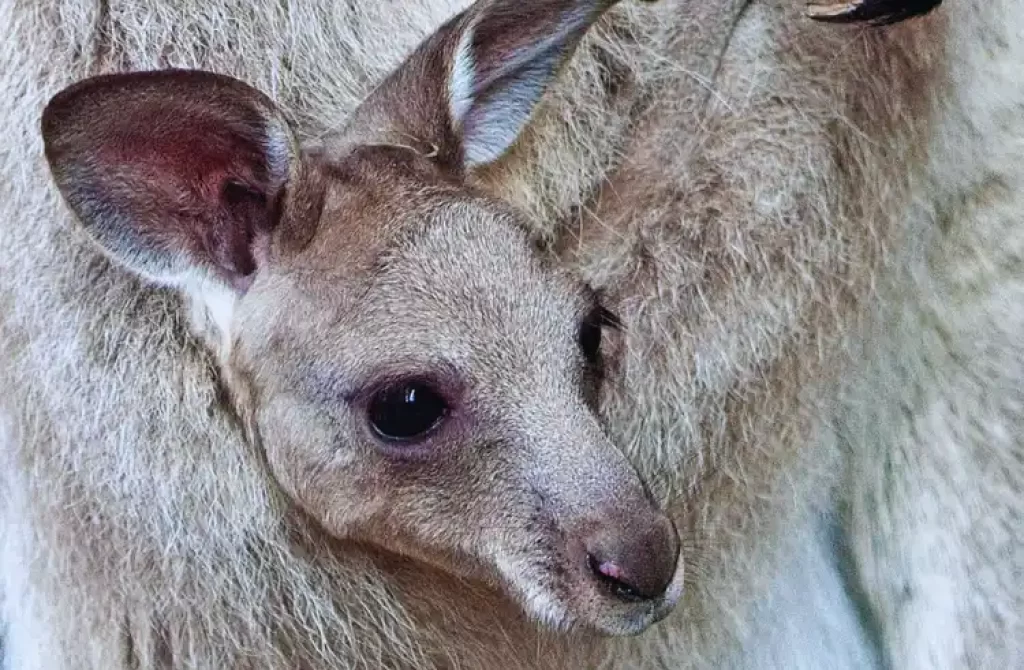
Kangaroos have a reproductive system that is quite different from other mammals, adding a touch of wonder and uniqueness to their life cycle. As marsupials, they have their own extraordinary way of bringing new life into the world.
Unlike humans and many other mammals, kangaroos don’t have a long pregnancy where the young ones develop inside the mother’s womb. Instead, kangaroo embryos have a relatively short gestation period of about 29 to 36 days. Can you imagine? That’s much shorter than the nine-month journey we humans go through!
Once the gestation period is over, it’s time for the magical moment of birth. But here’s the fascinating part: the newborn kangaroo, known as a joey, is incredibly tiny and underdeveloped. It’s like a little bundle of potential, with its hindlimbs being the most advanced part of its body.
The joey enters the world in this early stage of development, ready to continue its growth journey outside of the mother’s body.
But where does the joey go after being born? Well, here comes another amazing feature of kangaroo reproduction—the pouch.
The mother kangaroo has a special pouch on her belly where the joey finds a cozy home. It’s like a warm, safe haven where the joey can continue its growth and development.
Inside the pouch, the joey attaches itself to one of the mother’s teats, just like a human baby latches onto its mother’s breast.
This allows the joey to receive all the nourishment it needs to thrive and grow. It’s a remarkable sight to see the little joey nestled inside the pouch, peeking out from time to time and gradually getting stronger and more independent.
The pouch serves as a nurturing space for the joey, providing protection and comfort as it grows. It’s like a mobile nursery that travels with the mother kangaroo wherever she goes. As the joey continues to develop inside the pouch, it will eventually become big enough to venture out into the world on its own, but until then, the pouch is its home.
What happens during the kangaroo pregnancy?
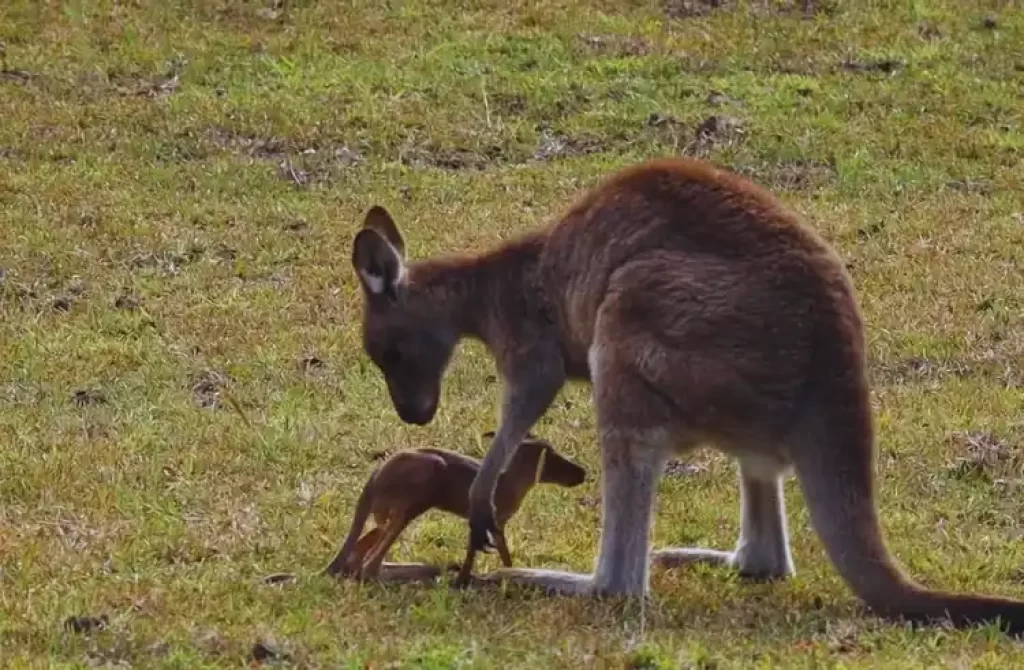
Once fertilization occurs, the kangaroo embryo rapidly develops within the mother’s reproductive tract. However, after only a short period, the embryo is born in a highly underdeveloped state, similar to a tiny pink jellybean.
It then crawls up the mother’s belly, guided by its strong sense of touch and smell, and enters the pouch.
Inside the pouch, the newborn kangaroo attaches itself to one of the mother’s teats, where it will remain for an extended period. The joey receives all its nourishment from the mother’s milk, which provides essential nutrients and antibodies to support its growth and development.
During this time, the joey undergoes rapid changes and growth within the pouch. It clings tightly to the teat, using its forelimbs and mouth to suckle milk. As the joey grows, it gradually becomes more independent, developing stronger muscles and limbs.
While in the pouch, the joey also starts to develop other important physical characteristics. Its hindlimbs, which are initially more advanced at birth, continue to grow and strengthen. The joey begins to practice its hopping movements within the pouch, preparing for the day it will venture out into the world.
As the joey continues to grow and mature, it starts to explore the world outside the pouch. It begins to poke its head out, observing its surroundings and gaining confidence. Eventually, the joey becomes too large for the pouch and emerges fully, ready to explore the outside world.
The period of time that the joey spends in the pouch varies depending on the kangaroo species. It can range from several months to over a year, allowing the joey to develop and acquire the necessary skills before fully leaving its mother’s care.
How long does the joey remain in the pouch after birth?
After birth, the joey remains in the pouch for an extended period, which can vary depending on the kangaroo species. On average, joeys stay in the pouch for around 6 to 8 months. However, this duration can be influenced by factors such as the kangaroo’s species, the environment, and the joey’s individual development.
During this time, the joey undergoes significant growth and development. It continues to rely on its mother for nourishment, protection, and warmth. The pouch provides a safe and nurturing environment, allowing the joey to grow and develop at its own pace.
As the months pass, the joey gradually becomes more independent and starts to explore the world outside the pouch. It begins to venture out, returning to the pouch periodically for comfort and nourishment.
These journeys outside the pouch help the joey acquire essential skills, such as hopping and foraging, preparing it for life beyond its mother’s care.
The precise moment when the joey permanently leaves the pouch varies among individuals and species. Some joeys may fully emerge from the pouch and become self-sufficient around 8 months of age, while others may remain dependent on their mother’s care for a longer period, up to a year or more.
Are there any factors that can influence the length of a kangaroo pregnancy?
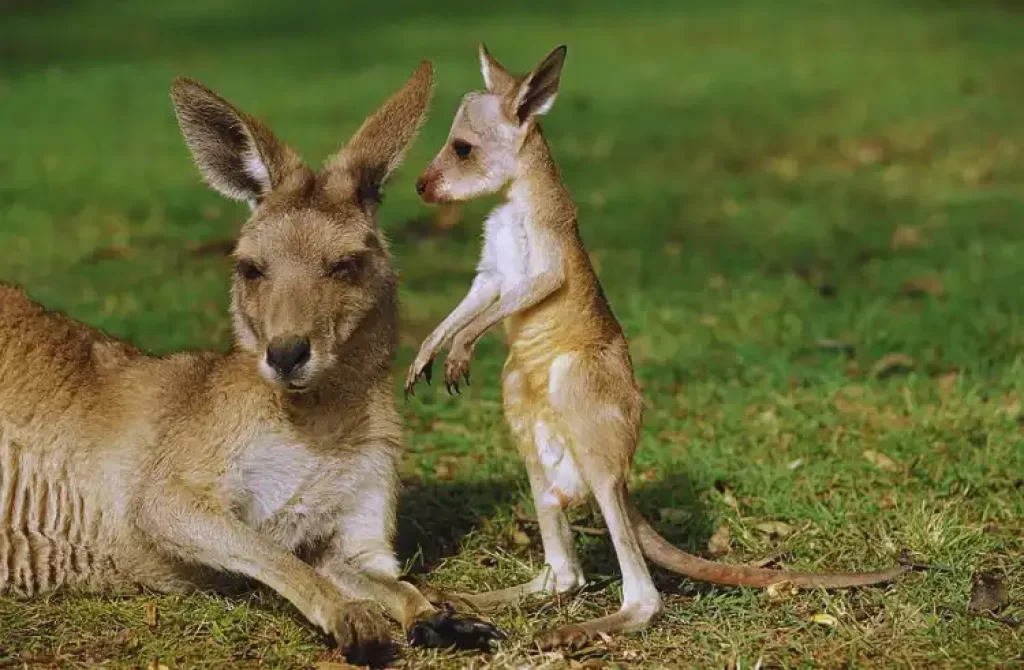
Yes, several factors can influence the length of a kangaroo pregnancy. While the average gestation period for kangaroos is relatively short compared to other mammals, ranging from 29 to 36 days, certain factors can impact this duration.
Species
Different kangaroo species have varying gestation periods. For example, the Red Kangaroo has a gestation period of around 33 to 40 days, while the Eastern Grey Kangaroo‘s gestation period is approximately 33 to 38 days.
Environmental Factors
Environmental conditions can influence the length of a kangaroo pregnancy. Factors such as food availability, climate, and overall health can impact the development of the embryo and the duration of the pregnancy.
Maternal Health
The health and well-being of the mother kangaroo can affect the length of her pregnancy. If the mother is experiencing nutritional deficiencies or stress, it can potentially impact the development of the embryo and lead to variations in the gestation period.
Reproductive Success
Kangaroos have a unique reproductive mechanism called embryonic diapause. This means that the development of the embryo can pause until the previous joey has left the pouch.
This adaptation allows kangaroos to delay the birth of their young during unfavorable environmental conditions, ensuring the survival of their offspring. As a result, the length of pregnancy can be influenced by the timing of the previous birth.
Individual Variations
Just like with humans, individual kangaroos may exhibit slight variations in their reproductive cycles. Factors such as age, genetic factors, and overall health can contribute to differences in the length of pregnancy among kangaroos.
While there is an average range for the length of a kangaroo pregnancy, individual variations and environmental influences can cause deviations from this average.
These factors highlight the adaptability and flexibility of kangaroos’ reproductive processes, allowing them to thrive in diverse environments.
Conclusion
The duration of a kangaroo pregnancy, though relatively short compared to other mammals, is a vital and remarkable phase in the life cycle of these unique marsupials. Within a matter of weeks, the kangaroo embryo transforms into a tiny joey and embarks on its incredible journey towards the pouch.
As we unravel the mysteries of kangaroo reproduction, we gain a deeper appreciation for the intricate and awe-inspiring mechanisms of nature.
The brief but significant period of kangaroo pregnancy underscores the incredible adaptations and life cycles that have enabled these marsupials to thrive in their environment.
If you find the world of kangaroo reproduction intriguing, be sure to explore our other articles on kangaroos and wildlife on our website. There’s always more to discover and marvel at in the natural world around us!






